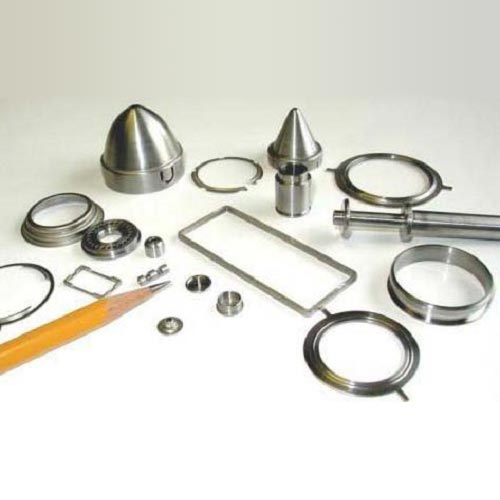HY’s main products, permalloy and Invar.(HY industry- Technical Center internal data)
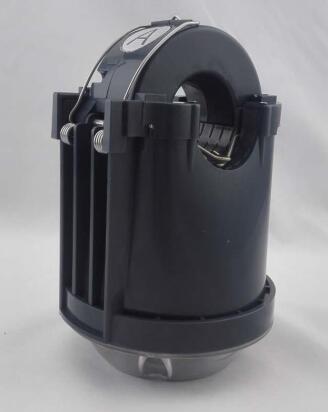 Permalloy concept :
Permalloy concept :
-
referred to as iron-nickel alloy, soft magnetic, also known as permalloy, consists of approximately 80% nickel and 20% iron. Bell phone laboratory physicist Gustav Elmen was invented in 1914.
-
Permalloy has a very high magnetic permeability, making it a magnetic core material in electrical and electronic equipment, or as a magnetic shield for blocking magnetic fields. Its nickel content is between 35% and 90%, and it is reasonably matched with the content of iron and nickel to obtain a relatively high saturation magnetic induction.
-
Through appropriate processes, the magnetic properties of permalloy can be effectively controlled, such as an initial permeability exceeding 105, a maximum permeability exceeding 106, a coercivity as low as 2 ‰ Oersted, close to 1 or close to 0. The rectangular coefficient, the permalloy with the face-centered cubic crystal structure has good plasticity, can be processed into an ultra-thin band of 1 μm and various forms of use. However, the pure iron-nickel alloy has low electrical resistivity and poor mechanical properties, and practical applications are not many.
-
Currently, a large number of permalloys are added to other elements such as molybdenum and copper based on iron and nickel. The purpose of adding these elements is to increase the resistivity of the material to reduce eddy current losses after the core is formed. At the same time, the addition of elements can also increase the hardness of the material, which is particularly advantageous for applications such as magnetic heads that are subject to wear.
-
The production process of permalloy is complicated. For example, the process of sheet metal rolling, annealing temperature, time, and cooling speed after annealing all have a great influence on the final magnetic properties of the material.
 Permalloy current situation:
Permalloy current situation:
-
China’s permalloy grade is 1JXX. Among them, J means “precision alloy“, “1” means soft magnetic alloy, and the following numbers are serial numbers, which usually indicate the nickel content in the alloy. For example, 1J50, 1J851, and the like. Permalloy has high magnetic permeability, so it is often used in the core of medium and high frequency transformers or in devices with strict sensitivity requirements, such as high frequency (tens of KHz) switching power supply transformers, precision transformers, leakage switch transformers, Magnetic shielding, yoke, etc.
Commonly used grades:
-
1J50, 1J79, 1J80, 1J85, implementation standard: GBn198-88
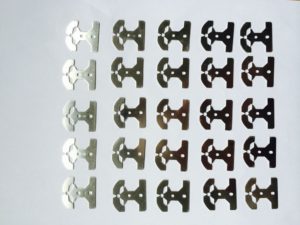 1J50
1J50
-
The saturation magnetic induction of 1J50 is slightly lower than that of silicon steel, but the magnetic permeability is several times higher than that of silicon steel, and the iron loss is also 2 to 3 times lower than that of silicon steel. It is made into a transformer with a higher frequency (400~8000Hz) and has a small no-load current. It is suitable for making small and high frequency transformers below 100W.
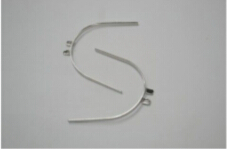 1J79
1J79
-
1J79 has good comprehensive performance, suitable for high frequency and low voltage transformers, leakage protection switch core, common mode inductor core and current transformer core.
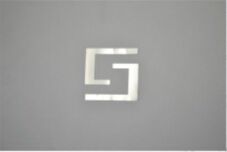 1J85
1J85
-
The initial magnetic permeability of 1J85 can reach more than 100,105, which is suitable for low-frequency or high-frequency input and output transformers, common mode inductors and high-precision current transformers.
 Chrome permalloy:
Chrome permalloy:
-
A kind of permalloy which containing more chromium, has a high magnetic permeability, containing 78% nickel, 3.8% chromium, and the balance is iron.
-
It is smelted in a vacuum induction furnace. Processed into sheets, rods and wires by heat and cold. Suitable for use in AC weak magnetic fields, making transformers, transformers, modulators, chokes, audio heads, etc.
 Molybdenum permalloy:
Molybdenum permalloy:
-
Contains 4% to 5% molybdenum, 79% to 80% nickel, and the balance is iron.
-
It has high magnetic permeability, saturation magnetic induction and low coercivity and resistivity. It is mainly used for small, high-sensitivity transformers, amplifiers, relays, chokes, recording heads, magnetic shields, etc. used in weak magnetic fields.
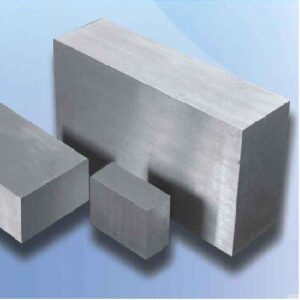 Super permalloy
Super permalloy
-
5% Mo, 79Ni%, and the balance is iron and a small amount of manganese. Its initial permeability and maximum permeability are the highest among soft magnetic materials. It can be used in radio engineering, telephone and remote control machinery.
-
Must be properly heat treated and kept in 1300 °C pure hydrogen; when it is cooled to 600 °C, the cooling rate should be strictly controlled. It has an initial permeability of 50,000-150,000 (1 to 30,000 for permalloy) and a maximum permeability of 6-1200,000. Super Permalloy can be made into a very thin strip; it is suitable for transformer cores. Due to its high electrical resistance, it is 0.6 ohm mm2/m; it can work under the condition that the frequency and pulse duration are three times higher than that of permalloy.
Iron-nickel alloys do not refer to permalloy, but also invar, kovar, etc., for example:
-
68Fe+27Ni+5Mo and 53Fe+42Ni+5Mo have high thermal expansion coefficient and can be used as bimetal plates for thermostats, heat exchangers and various temperature regulating devices.
-
46Ni+54Fe, called white gold, has the same expansion coefficient as platinum, and has good corrosion resistance, and can replace platinum in some cases.
-
42Ni+58Fe, which can be used as a vacuum tube sealing wire instead of platinum.
-
36NJ+12Cr+52Fe, a constant elastic alloy with a thermoelastic coefficient equal to zero, often used as a hairpin, watch balance and precision instrument parts. The ingot is melted and processed into a material.
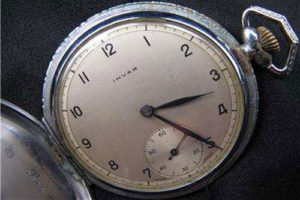 Invar:
Invar:
-
Invar also called “invariant steel”, the national standard is called expansion alloy, nickel 36%, iron 63.8%, carbon 0.2%, its thermal expansion coefficient is very low, can be at a wide temperature Maintain a fixed length within the range. Suitable for measuring components.
-
Invar is a transliteration of the French word “Invar”, meaning that the volume does not change. The discoverer first discovered in 1896 by the Swiss physicist CE Guillaume that the alloy exhibited a significant decrease in the coefficient of thermal expansion near the magnetic temperature, ie, the Curie point, and the phenomenon of so-called abnormal thermal expansion (negative anomaly). Thus, a very small or even near zero expansion coefficient can be obtained over a wide temperature range around room temperature. The composition of this alloy is 64% Fe and 36% Ni, in a face-centered cubic structure, and its grade is 4J36. This remarkable alloy contributed so much to the advancement of science that his discoverer, Guillaume, won the Nobel Prize in Physics for 1920, and he was the first and only scientist in history to have a metallurgical achievement. And won this honor.
-
Invar is mainly used to manufacture standard rulers, thermometers, range finder, clock balance, block gauge, cavity of microwave equipment, gravimeter components, thermal bimetal component materials, optical instrument parts, etc. Manufactured by melt method.
-
The precision instrumentation made by Invar, the pendulum of the standard clock, the balance wheel and the spring of the clock have become the most important products in the early days. In the 1920s, invar was replaced by platinum as a guide wire for glass sealing, which greatly reduced the cost. By the 1950s and 1960s, the use of Invar alloy continued to expand, mainly for radio tubes and thermostats. Hot bimetal for temperature control, length scale, geodetic baseline ruler, etc.;
-
In the 1980s and 1990s, it was widely used in microwave technology, liquid gas storage containers, shaded steel strips for color TVs, overhead power line core materials, oscillating chambers, laser collimator chambers, and three-step repeating of camera substrates at this moment. After entering the 21st century, with the rapid development of space technology. New applications include space-based remote sensors, precision lasers, optical measurement systems and waveguides for structural components, microscopes, support systems for large lenses in astronomical telescopes, and a variety of scientific instruments that require lenses.

